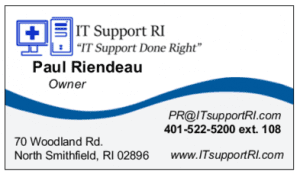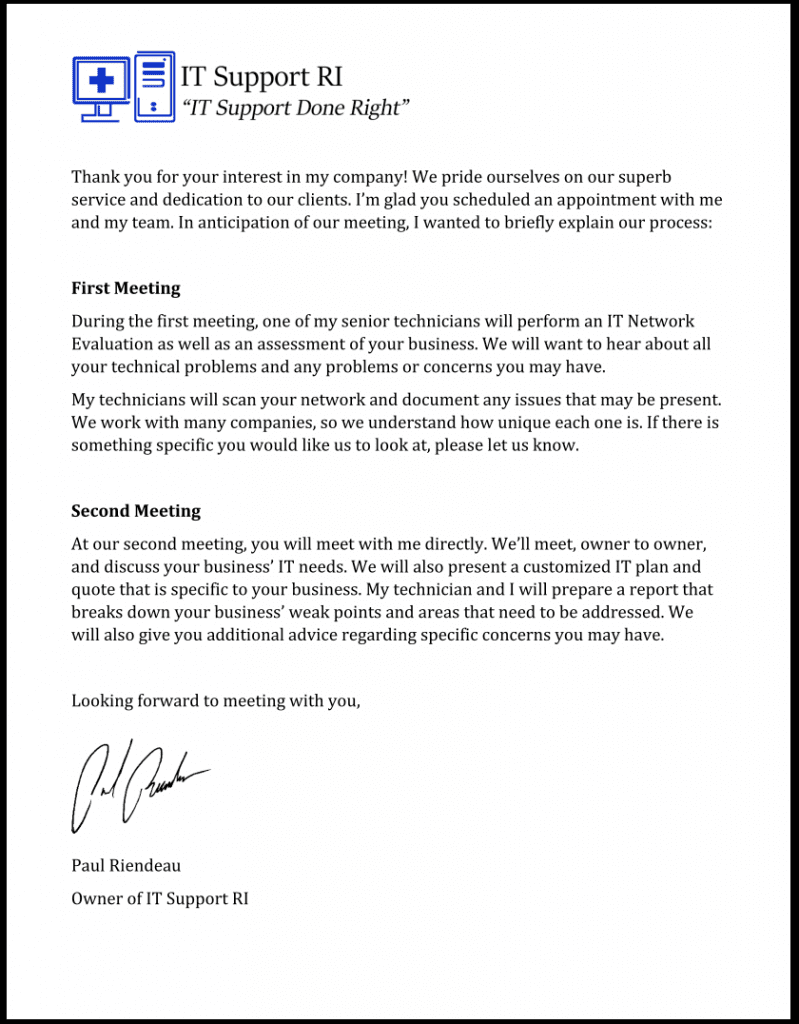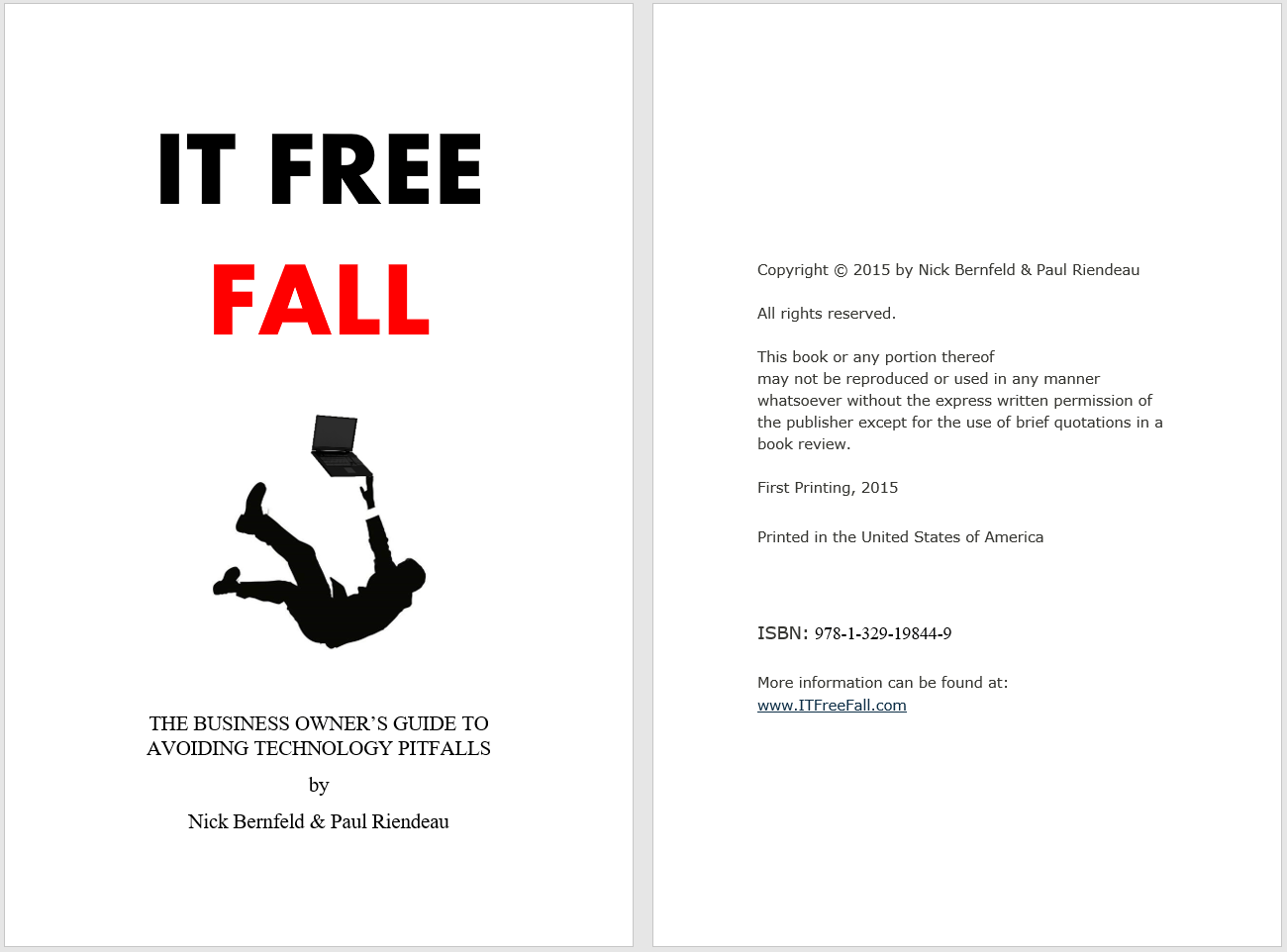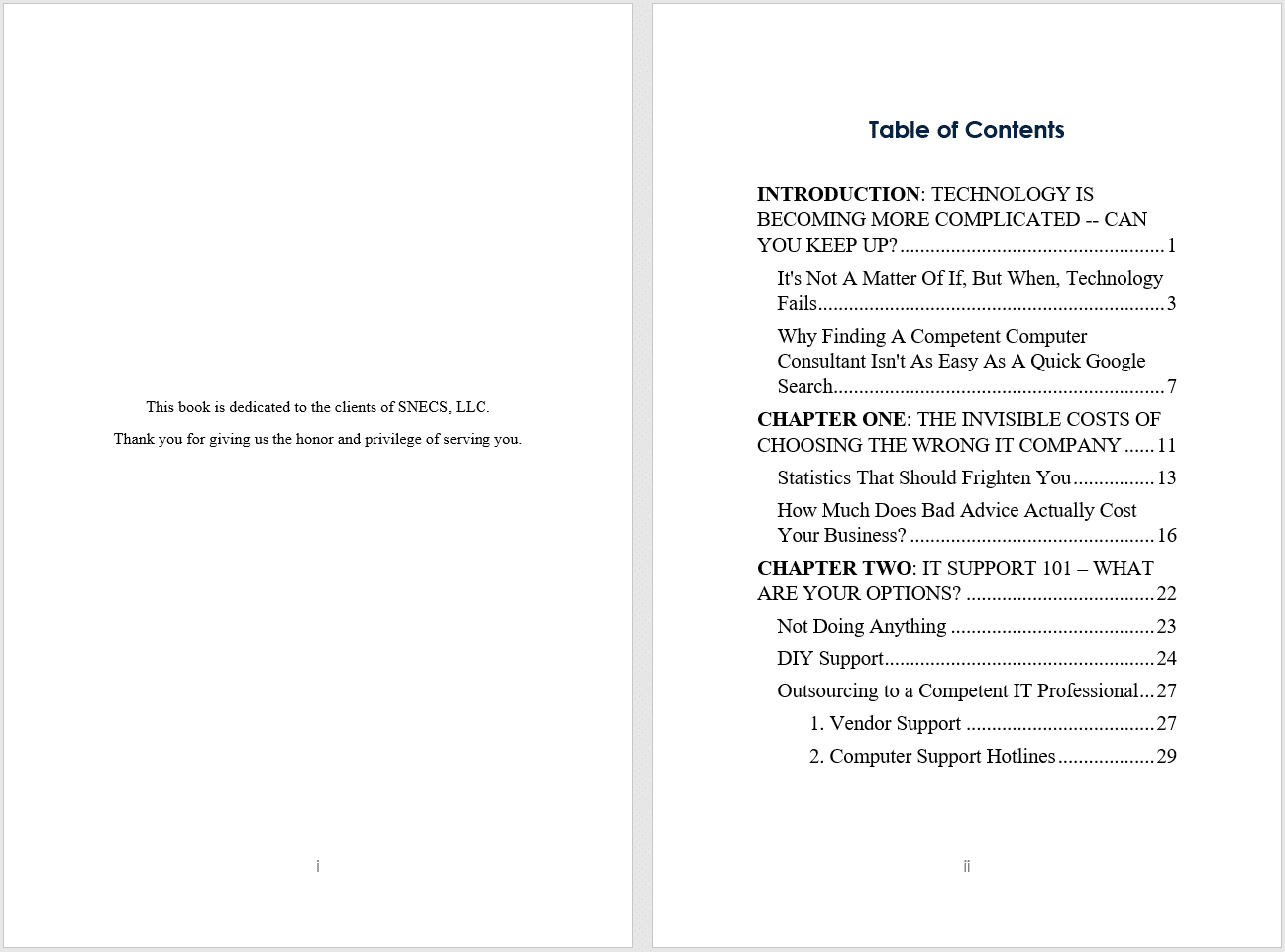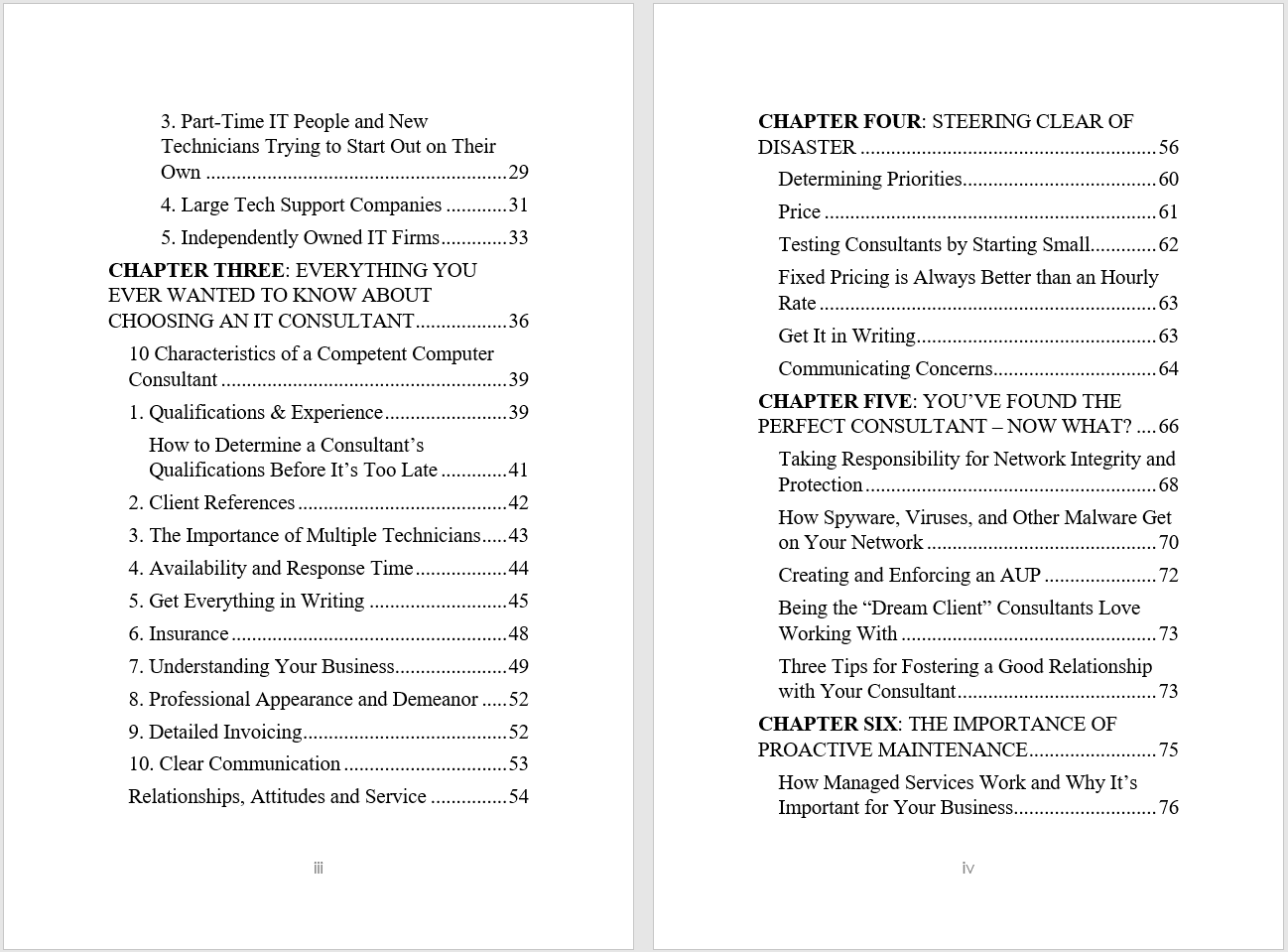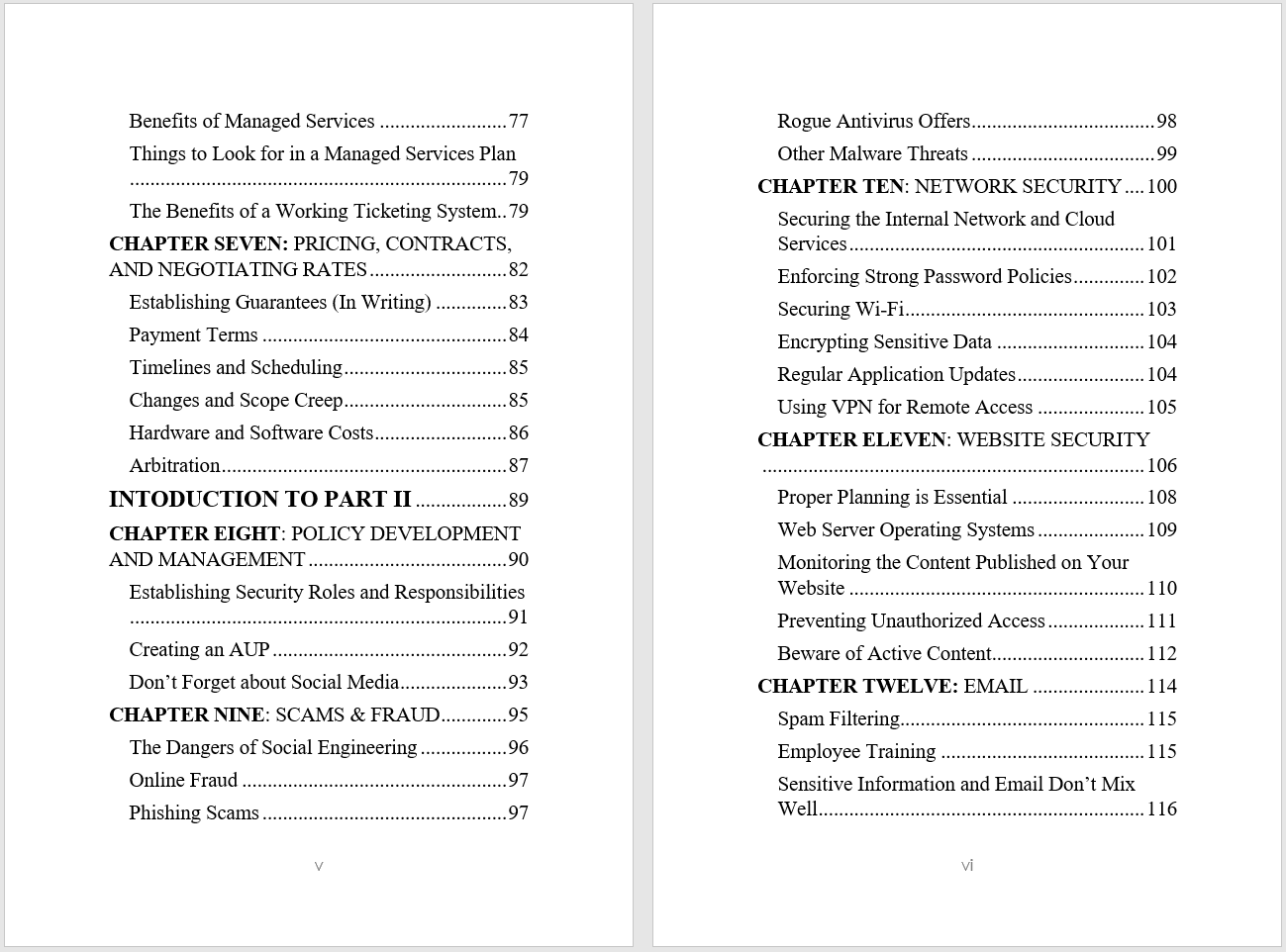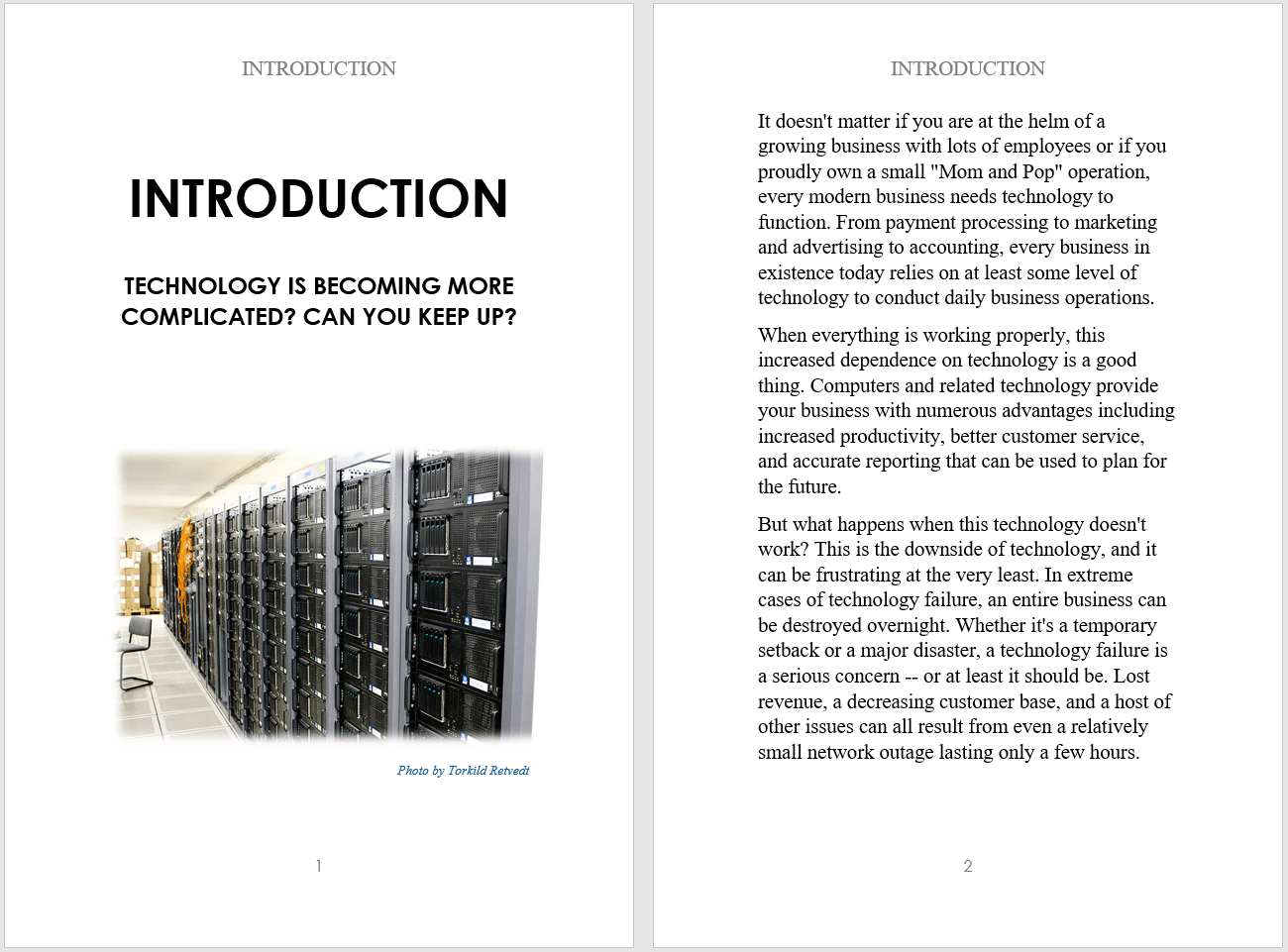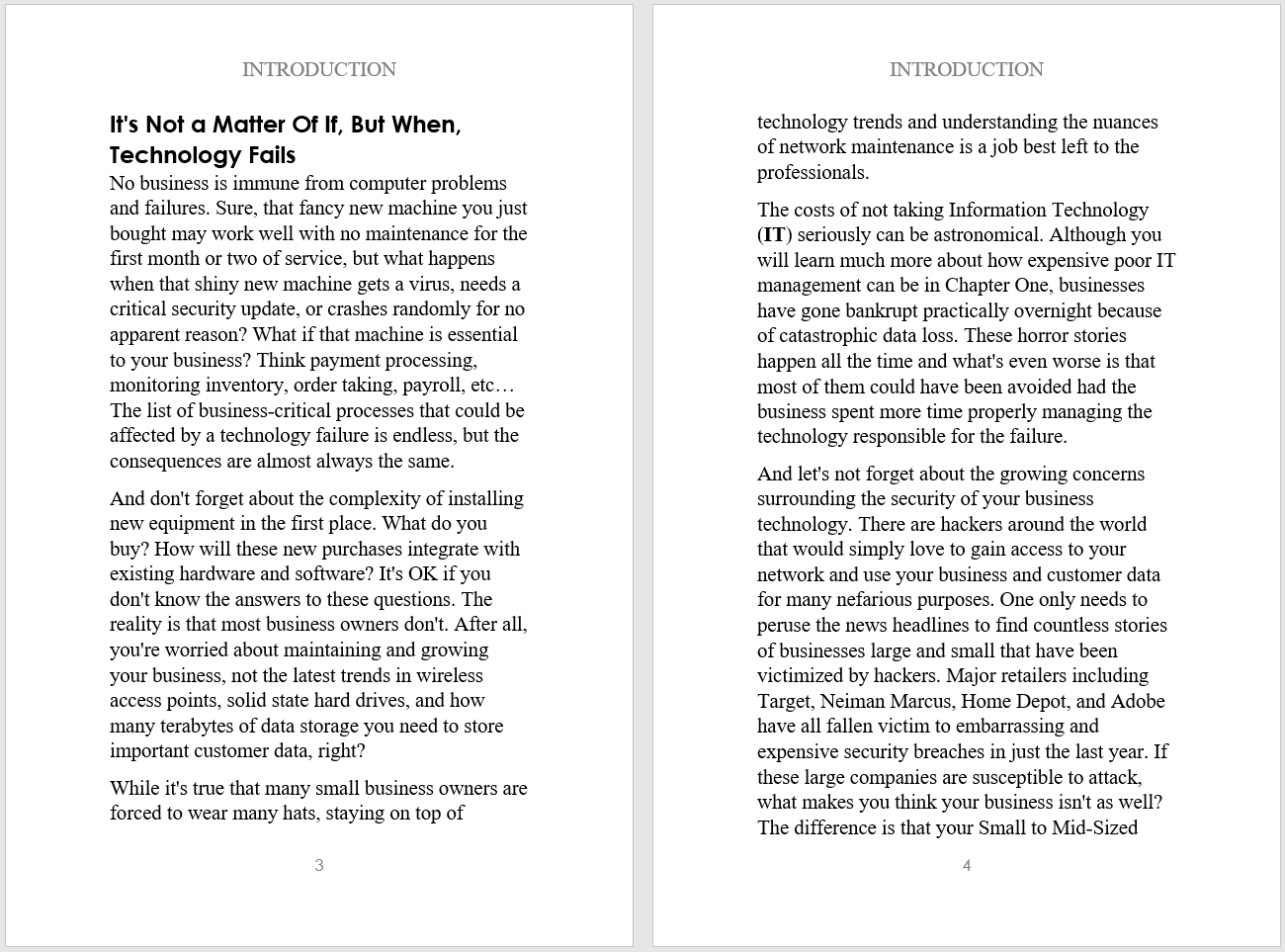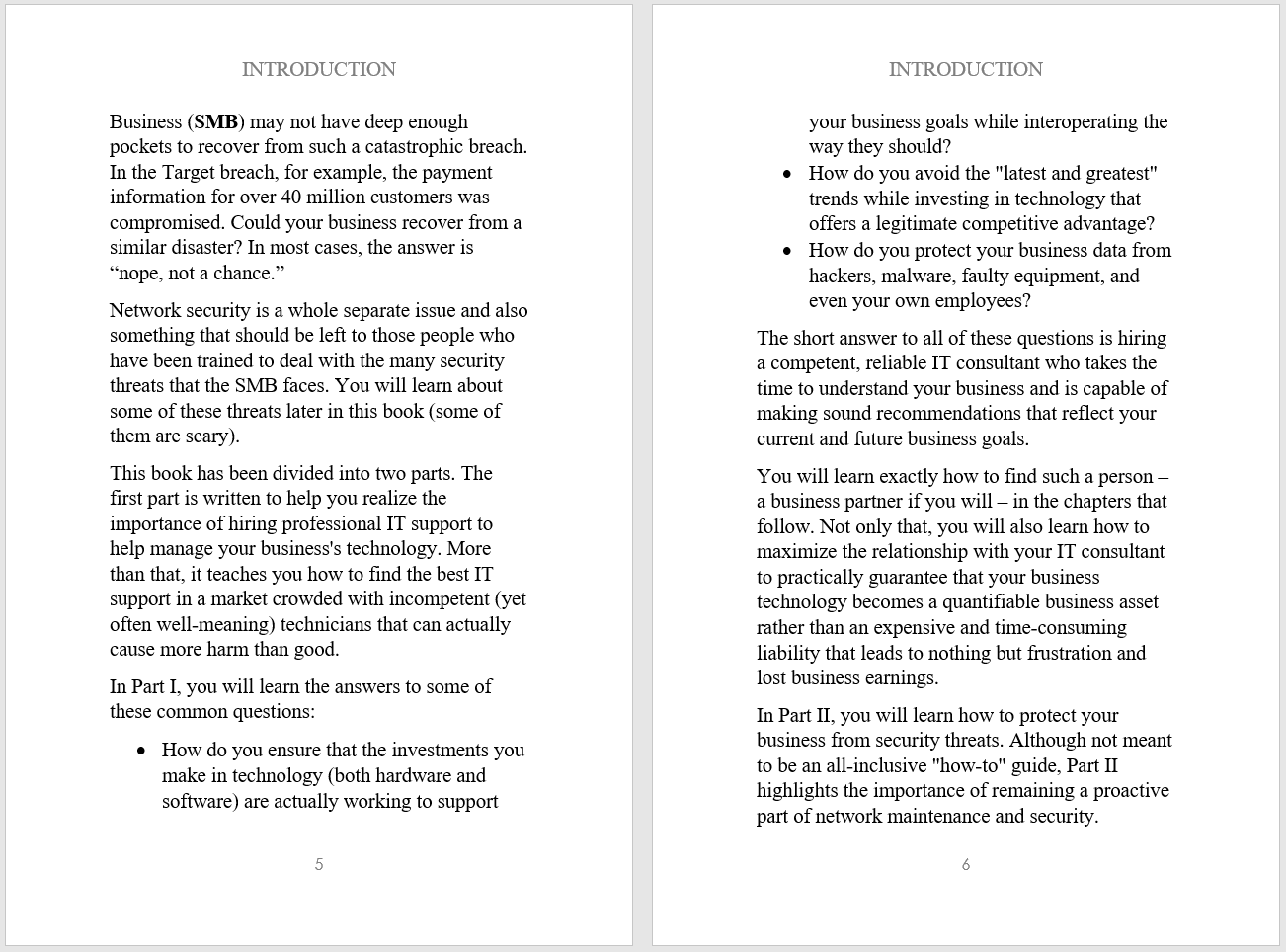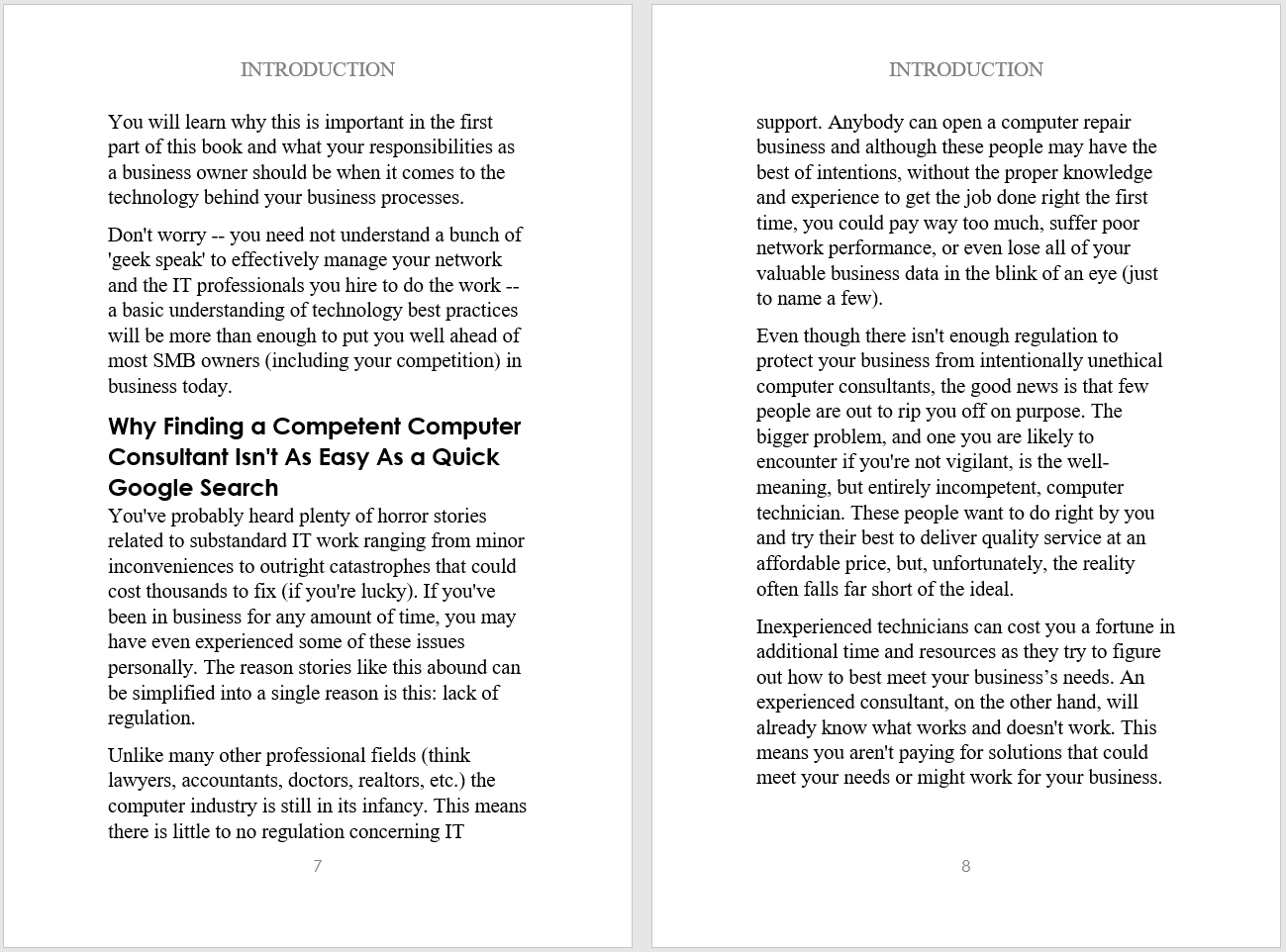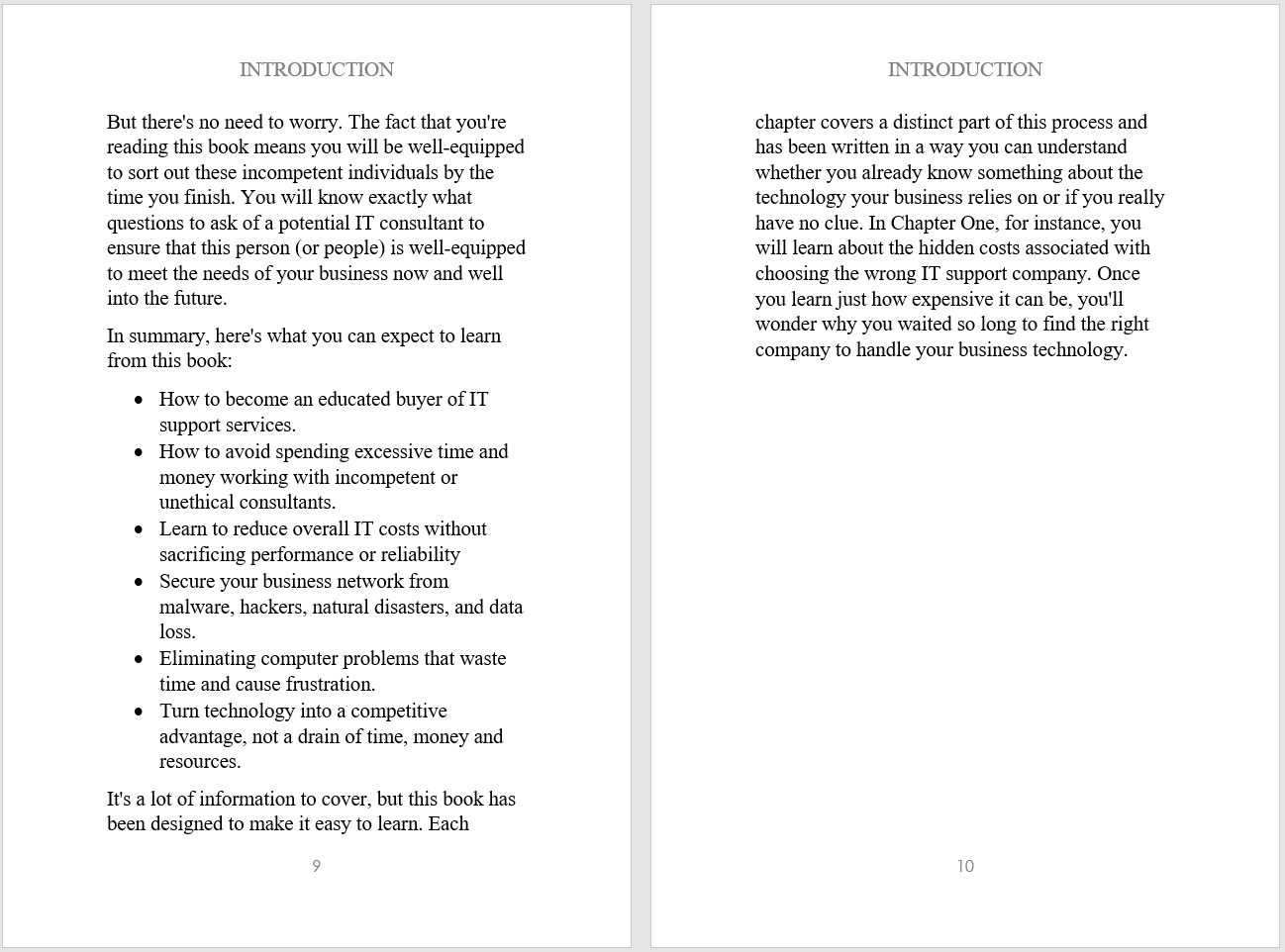The Biggest Mistake Is Choosing To Do Nothing:
If you’re still running Windows 10 on your business machines, let’s cut to the chase: The clock is ticking.
On October 14, 2025, Microsoft is officially ending support for Windows 10. That means no more security patches, no more bug fixes and no more technical support.
But here’s what business owners really need to understand: The cost of waiting isn’t just about someday needing to upgrade.
It’s about what waiting could cost you in the meantime.
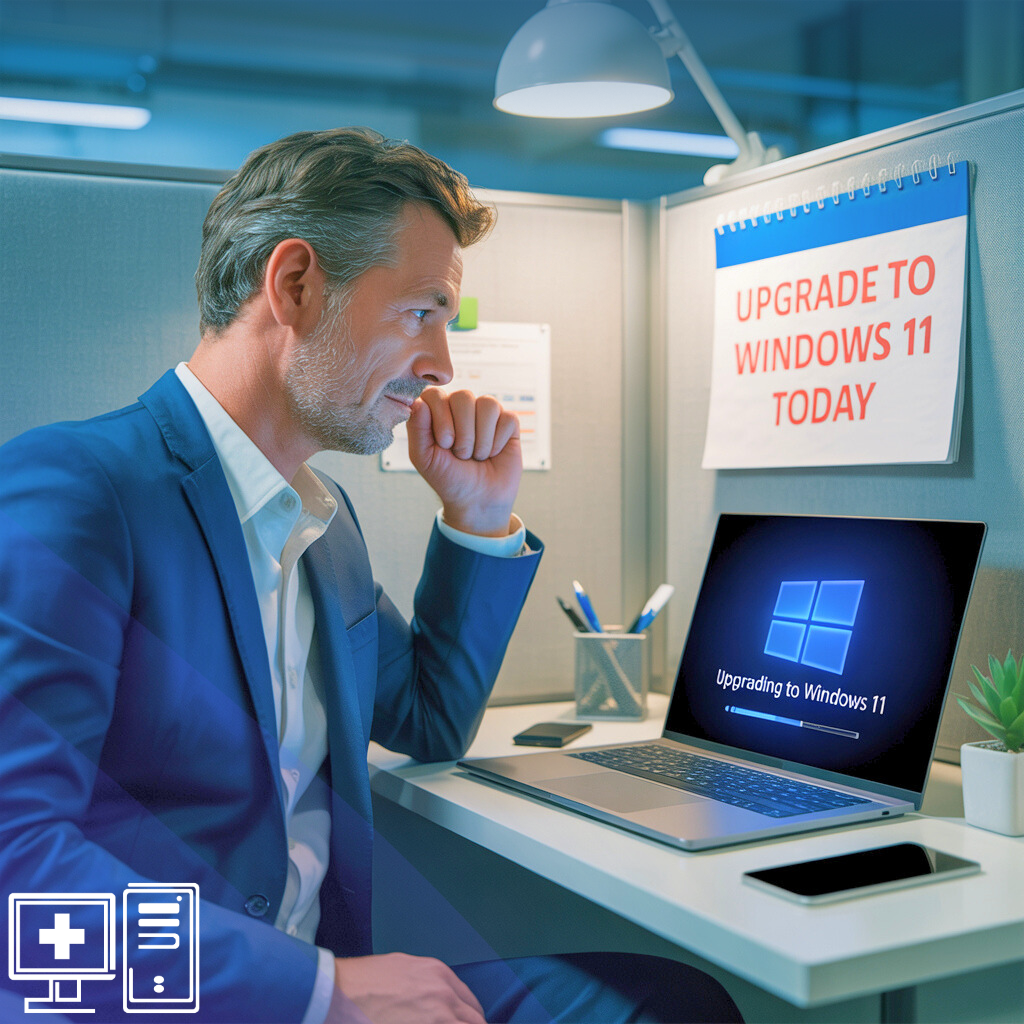
“We’ll Deal With It Later” Is An Expensive Strategy
We get it – upgrading every machine in your business isn’t exactly your idea of a fun budget item. It feels easy to delay…until something breaks.
But here’s what procrastination actually costs:
1. You’re Operating Without A Safety Net
Once Microsoft discontinues Windows 10 updates, every new vulnerability becomes your responsibility.
Hackers love outdated systems because they’re easy targets. It’s like locking the front door but leaving the windows wide open.
One breach could cost you thousands – or worse, your entire business.
2. Software And Hardware Compatibility Issues
Many business apps, such as accounting tools, CRMs and industry-specific platforms, are already phasing out support for Windows 10.
If your systems stop working mid-project or crash during a client demo, what’s that worth?
And it’s not just software.
New printers, peripherals and even security tools may stop playing nicely with your outdated OS.
3. Lost Productivity
Outdated systems are slower, they crash more frequently and they frustrate your team. Even small lags add up over time, dragging down efficiency, morale and your ability to compete.
If every employee loses 10 to 15 minutes a day to tech hiccups, what does that cost you over a month?
4. Emergency Upgrades Are Always More Expensive
Waiting until your systems crash or your team is locked out doesn’t just create stress – it creates panic-spend mode:
-
-
-
- Emergency hardware orders
- Rush IT labor fees
- Business interruptions while machines are replaced
-
-
A little planning now saves a lot of scrambling – and money – later.
5. You’re Risking Compliance Violations
If your business handles sensitive data or is subject to regulations (HIPAA, PCI-DSS, etc.), using unsupported systems could result in fines or lawsuits. Many regulatory frameworks require up-to-date security –
Windows 10 won’t meet those standards come October.
What Smart Business Owners Are Doing Now
They’re getting ahead of the deadline, not just by upgrading devices, but by using this transition to:
-
-
-
- Audit what devices need to go
- Streamline tools and software
- Tighten up cybersecurity protections
- Plan smarter for IT spend in 2025
-
-
How To Make The Transition Smooth
Here’s what we recommend:
-
-
-
- Run a compatibility check – Not all machines can run Windows 11. Find out which ones need to be replaced.
- Audit your apps – Make sure your essential tools are ready to run on Windows 11 or newer environments.
- Budget for hardware now – Don’t get stuck in a supply chain crunch later.
- Partner with an IT provider – We can handle the transition from start to finish – no downtime, no surprises.
-
-
Don’t Wait Until October To Panic
Waiting until the last minute will cost you more – in money, stress and missed opportunity. We’re helping small businesses make the upgrade the smart way: planned, smooth and optimized for future growth.
Click here to book your FREE Network Assessment and we’ll help you identify what needs upgrading, what can stay and how to build a transition plan that won’t disrupt your business before the deadline.



